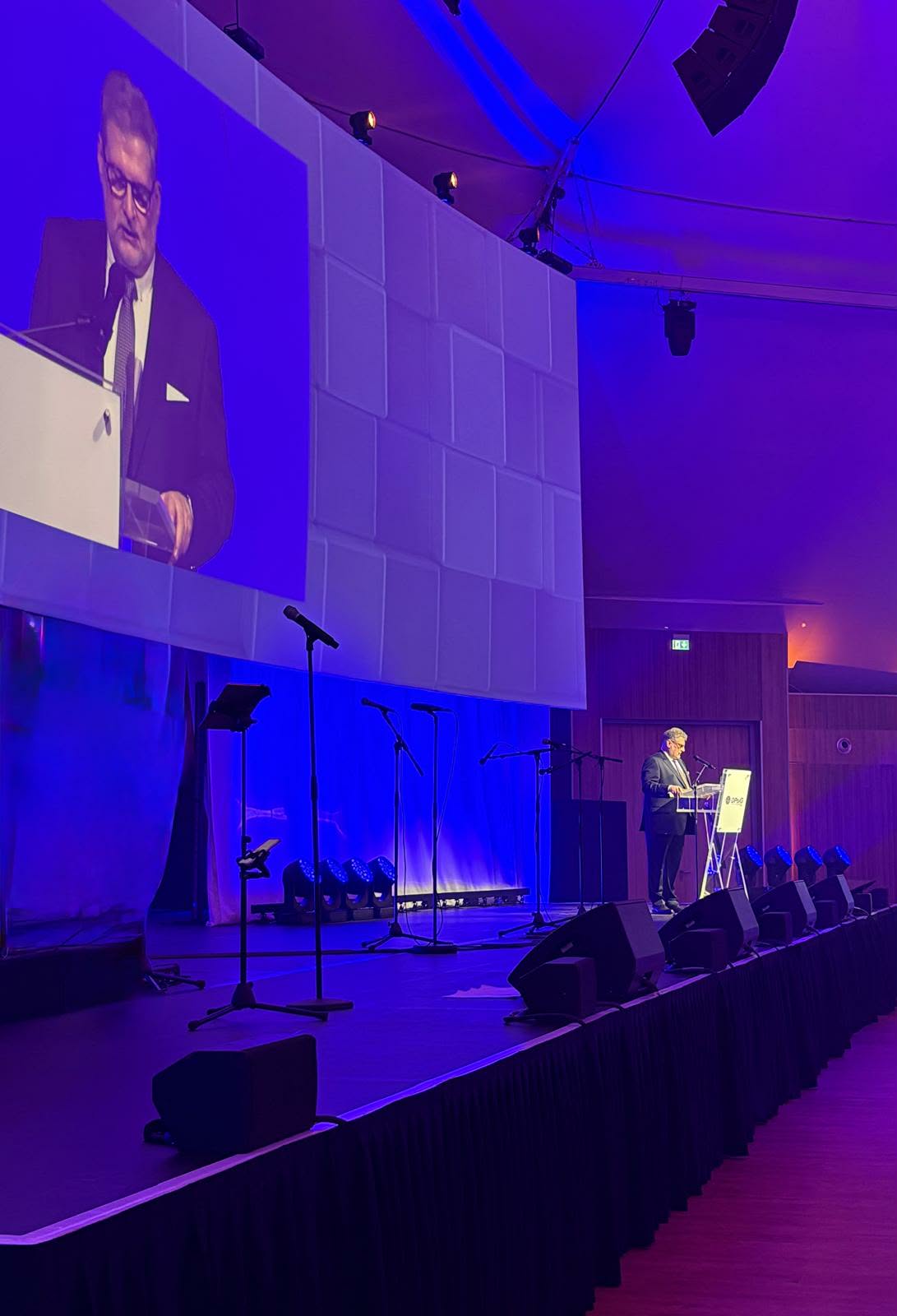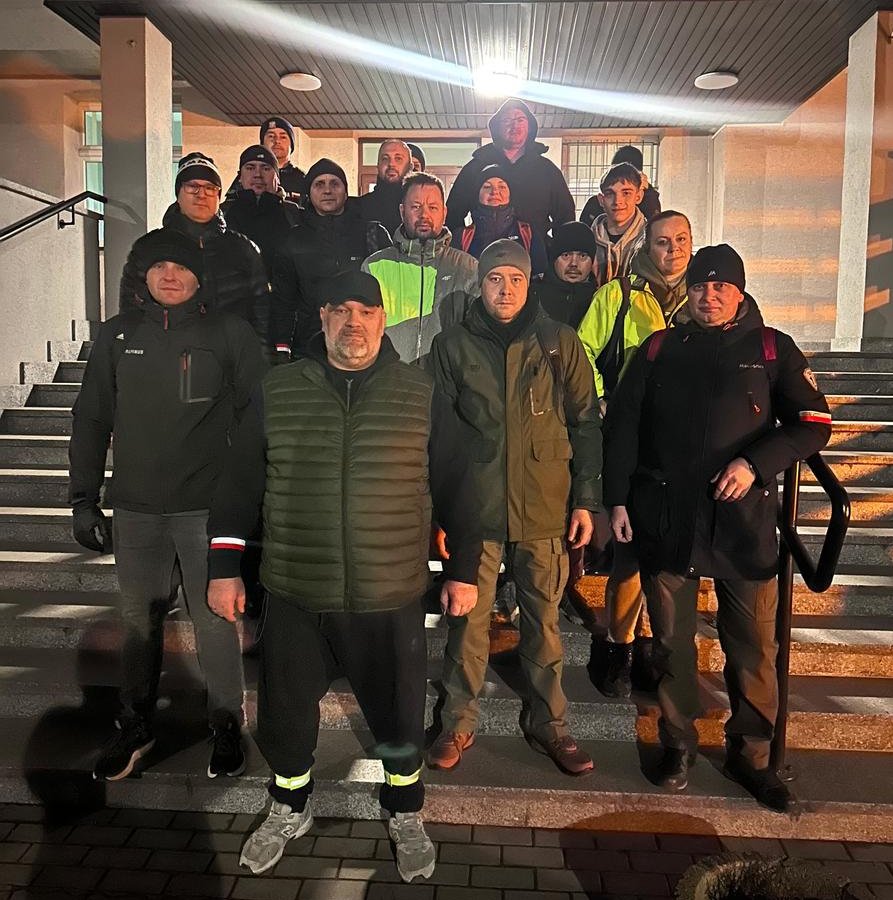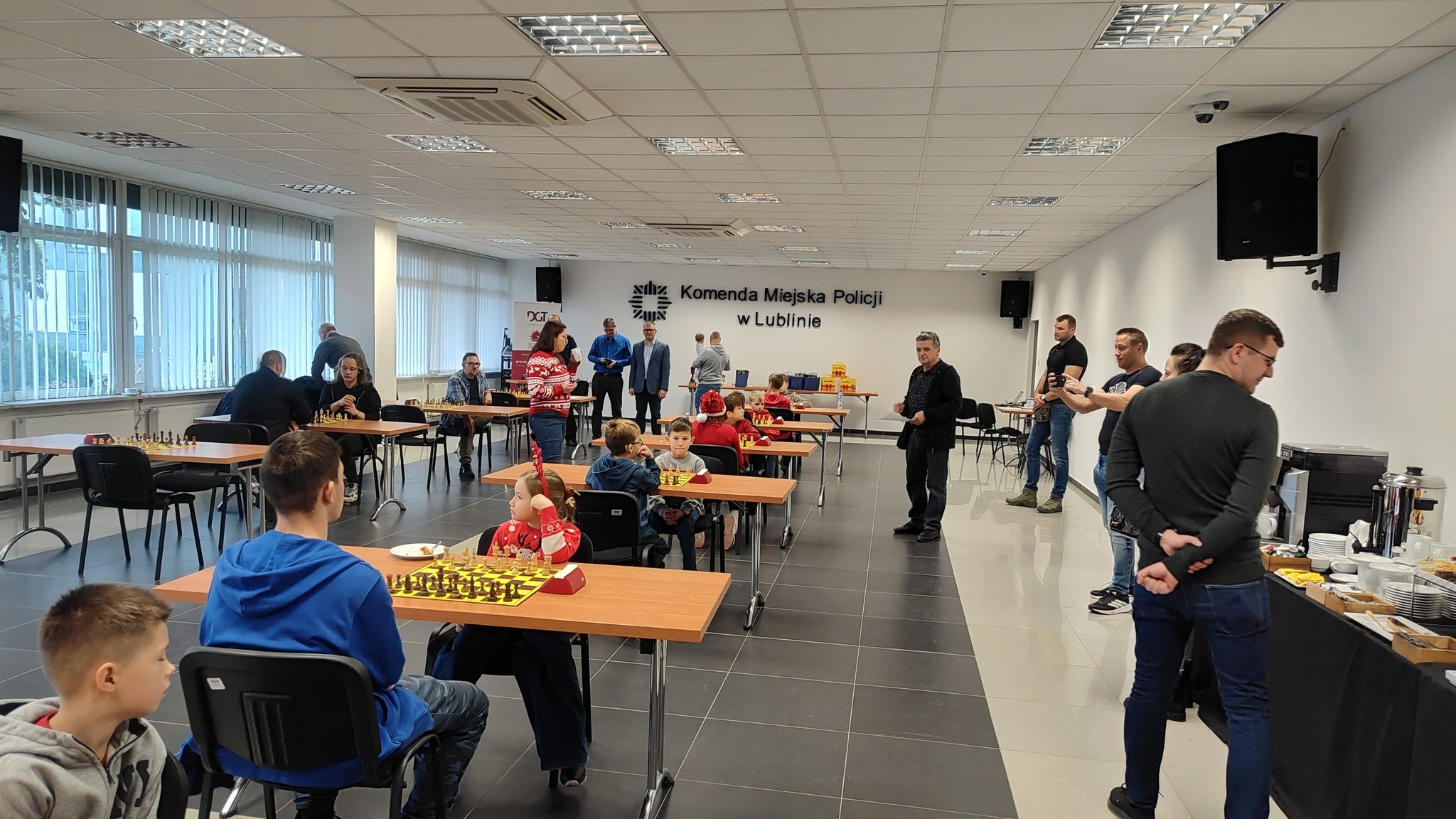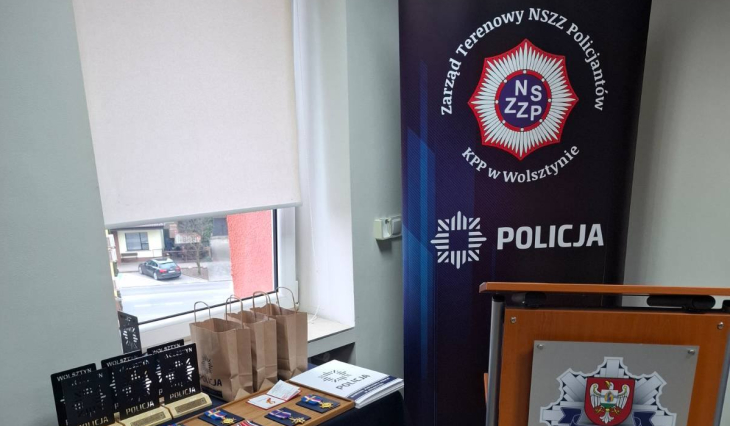Nearly half of the nearly a 1000 priests who took part in the survey of the Institute of statistic of the Catholic Church experienced aggression in the last year. Most frequently these were threats, ridicules, and insults with which clergymen meet not only offline, but besides increasingly online. It is uncommon for specified incidents to be reported to the applicable institutions.
– The scale of aggression against clergymen or various types of accidents in sacral objects is considerable, although at the minute it is hard to tell clearly how large it is, so extended a full-scale investigation has not been conducted so far. The investigation that we now have available, the first study of the Institute of statistic of the Catholic Church, speaks of a trend that is increasing unfortunately. She shows that clergymen, as well as journalists, are beginning to represent a large group of risks in terms of their own safety, may feel threatened – says Newseria agency Fr Leszek Gęsiak, Jesuit, spokesperson for the Polish Episcopal Conference.
– Half of the clergy who responded in our survey indicated that she had experienced aggression in various forms only in the last 12 months. Most often, it was verbal aggression, names for priests, online aggression, sending messages, comments, or physical aggression, luckily, the least has happened. – says Dr. Karol Leszczyński of the Institute of statistic of the Catholic Church, who prepared the study “A Dangerous Mission? Aggression towards clergymen, places and objects of worship in Poland".
The ISKK questionnaire filled in 996 priests. Almost 9 out of 10 believe that the level of aggression against clergy in Poland has increased in the last 10 years. Almost half declare that she has experienced aggression in the past 12 months. Most of these were ridicule, threats and insults (41.6%) and online aggression (33.6%).
– Physical aggression in our investigation indicated 3–4 percent, that is, we are talking about 20–30 people who experienced this aggression in 12 months. If we were to translate this into the population of all priests in Poland, we would talk about hundreds of cases – This is Dr. Karol Leszczyński.
– net space is besides the place of aggression. Comments under the entries are very painful. My comments on social media very frequently contain rather aggressive entries, regardless of what the content of these statements is. It surely gives a lot to think about. – says Fr Leszek Gosiak.
The clergy emphasize that the presence in the priest's outfit means a greater hazard of encountering aggression, especially erstwhile they leave their parish. About 53% admits that they feel safe in a clerical outfit, while without this outfit almost 90% declared a sense of safety outside the parish.
– Over 20 times the sense of danger increases if priests are wearing a collar, a sutanna, if they appear as spiritual persons – This is an ISKK researcher. – More than half of clergymen effort to avoid aggression in any way: they walk without collars, without cassocks, “in civil”, they avoid any places and people, for example, they frequently do not take any service, that is, they do not work at school, they do not work at the hospital, they do not go on a journey with children who are under their care, even though it is necessary.
As he emphasizes, this phenomenon has a much larger dimension in large cities and towns where there is greater anonymity.
The question of the main causes of expanding aggression was raised by the most priests who pointed to the negative image of clergy in the media (96%) and rising political and social tensions (91%).
– Priests in Poland see that the image of a priest in the media is simply a negative image for them. They see that they live in an ideological clash. But they besides see that there were any reasons for the priests to be attacked. It's not like they feel completely innocent as a professional group, that something falls on them for what – says Dr Krzysztof Kosela, Prof. UW, president of the technological Council of the Institute of statistic of the Catholic Church. – We draw attention in our survey to the phenomenon which, on specified a large scale, started in October 2020, erstwhile the Constitutional Court declared that, however, children who have a genetic defect have a right to life. Previously, there were black marches, but this smashing of windows, entering the church during the celebration, painting the doors of churches, destroying various objects of worship grew in October 2020.
Almost 1 in 5 respondents declare that he has encountered an attack on a church or another place of worship, and all 10th reported cases of demolition of parish property. Disturbing services and destroying graves were besides common answers.
– Unfortunately, we have had any examples of the failure of life after actions of aggression against clergy this year. There were many attacks on spiritual objects, there were places where the Blessed Sacrament was desecrated, where spiritual figures and places of worship were besides desecrated – emphasizes the spokesperson for the Polish Episcopal Conference. – We know that there are many acts of aggression against church buildings, that is to say, throwing paint at them, making different inscriptions, destroying ecclesiastical property, and that is what the media occasionally reports. The problem is that these are sometimes acts of average vandalism, but they are unfortunately frequently considered to be acts of low social perniciousness, and so procedures are not so serious as to identify perpetrators or to lead to any kind of resolution of these issues.
The survey indicated that the vast majority of aggression incidents were not reported to the applicable institutions (80%). Priests usually consider that they were not serious adequate to study them, or that this would affect besides much formality – 46 and 22 percent respectively.
– Priests do not study these cases mainly by downplaying them. The cost of calling names, small pokes or wall anointing is truly high. You gotta go through the notification procedure, then possible investigations, and so frequently end in redemption. On the another hand, these most serious acts, just physical assault, serious demolition of property are reported and unfortunately, too, cases are frequently overturned, frequently causing discouragement to study specified cases – explains Dr. Karol Leszczyński.
– The problem of aggression against clergy from time to time is besides the subject of talks by clergy themselves, due to the fact that they are the subject of what is happening. These discussions increase especially after spectacular actions. We late remember the execution of a priest in Kłobuck, which shook the local community, not only the parish there, but besides the Archdiocese of Częstochowa. It was widely discussed, and it showed, among others, that the real danger of clergy lives besides exists. This threat to life can happen at the minute least expected, regardless of the causes of this aggression, this murder, the problem as a problem surely exists and is unfortunately becoming more serious – says Fr Leszek Gosiak.
As he emphasises, the increasing scale of the phenomenon indicates the request for further investigation in this area.
– In order to be able to survey the issue from the sociological, social side well, data are needed on the top possible test. I think further investigation will proceed in the following years, and the investigation effort on which it will be carried out will surely be higher – says KEP spokesman.
For: newseria.pl









